Imagine stepping up to a barbell, your muscles tense with anticipation. The weight before you is formidable, but not insurmountable. You know that finding the perfect balance between challenge and manageability is key. This delicate equilibrium is where growth flourishes – where technique is honed, adjustments are made, and refinement occurs. It’s about selecting a weight that challenges your abilities, yet allows you to “feel” the intricacies of the lift.
In the world of weightlifting, this strategy is paramount. You don’t just load up the bar with as much weight as possible and hope for the best. No, you choose a weight that challenges your technique, but is light enough to allow for exploration and improvement. You engage in a process of learning and refinement, rather than merely struggling to survive the lift.
And so it is with life.
Life presents us with a myriad of challenges, each one an opportunity for growth and self-discovery. But much like in weightlifting, it’s essential to strike a balance between challenge and feasibility. If we constantly overload ourselves with burdens beyond our capacity, we risk being overwhelmed, merely surviving each day instead of thriving.
Consider, for example, the pursuit of a career. Taking on challenges that stretch our abilities and push us out of our comfort zones is essential for professional growth. However, if we bite off more than we can chew, we may find ourselves drowning in stress and anxiety, unable to perform at our best.
Similarly, in relationships, finding the right balance is crucial. It’s natural to encounter difficulties and disagreements, but if every interaction feels like an uphill battle, it may be a sign that the weight is too heavy. Healthy relationships allow for open communication, growth, and mutual support – qualities that are impossible to cultivate under constant strain.
Even in personal pursuits, such as hobbies or fitness goals, the principle holds true. Whether it’s mastering a new skill or achieving a physical milestone, progress is made not through brute force, but through deliberate practice and thoughtful refinement.
So how can we apply the Olympic weightlifting strategy to our own lives?
Firstly, it’s essential to assess the challenges before us and determine whether they are in line with our capabilities. Are we taking on tasks that stretch us without overwhelming us? Are we allowing ourselves the space to make mistakes and learn from them, rather than expecting perfection from the outset?
Secondly, we must cultivate a mindset of continuous improvement. Just as a weightlifter constantly refines their technique, we should embrace opportunities for growth and refinement in every aspect of our lives. This means being open to feedback, seeking out new experiences, and embracing the journey of self-discovery.
Finally, we must remember to listen to our bodies and minds. Just as lifting too much weight can lead to injury in the gym, pushing ourselves too hard in life can have serious consequences for our well-being. Learning to recognize when we need to dial back the intensity and give ourselves time to rest and recuperate is essential for long-term success and fulfillment.
In essence, the strategy for mastering Olympic weightlifting offers a profound lesson for thriving in all aspects of life. By finding the perfect balance between challenge and manageability, embracing a mindset of continuous improvement, and prioritizing self-care, we can navigate life’s complexities with grace, resilience, and joy. So the next time you step up to the bar – whether it’s in the gym or in life – remember: it’s not just about lifting the most weight you possibly can at every opportunity, but about finding that perfect balance of challenge and comfortability that drives us forward.
